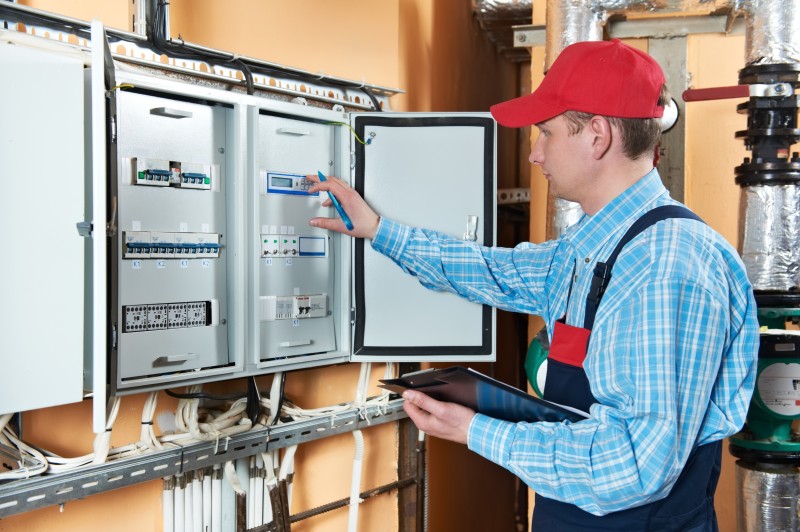RF or radio frequency exists in the environment and is produced by everything from microwaves to cell phones, Wi-Fi towers, Bluetooth devices as well as radio and television signals. All devices that generate radio frequencies or that may be susceptible to radio frequency have to be tested and meet specific standards to be marketed.
This is essential to ensure the safe operation of devices and equipment within causing failure to other electronic devices and systems in the same environment. Accomplishing this includes both shielding devices from other internal or external sources of RF as well as ensuring the device is not emitting RF outside of the allowable standards.
What to Consider
The way to ensure these regulations are met is to use RF testing equipment. Specially designed to test for the higher frequency of RF equipment, it is able to both test for the strength of the RF field as well as providing an analysis of the RF field.
Portability of RF testing equipment is often a factor, particularly when testing in real-world application and not in a lab setting. There are some handheld devices available for specific RF field strength and analysis.
The other options are small, compact systems that are more advanced in the testing parameters and options. These RF immunity testers come with software pre-programmed to allow for the minimal need for operator programming. A menu of tests can be selected at the device or through a computer networked with the RF testing equipment.
Each specific model of testing equipment will also be approved for use with specific standards. These standards will usually include those most commonly required, including the specific EN, IEC, ISO and IEC standards. When choosing equipment, remember to verify it is configured to test to the standards required and provides the range of testing options for the particular application.

